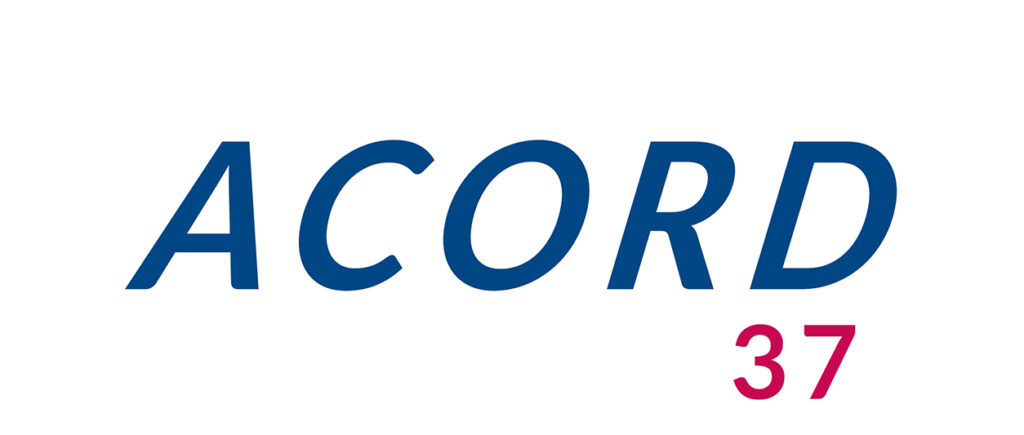Understanding the Purpose of the ACORD No Loss Form

The ACORD 37 form or statement of no loss form, is a crucial insurance document used primarily to verify that an insured party hasn’t experienced any losses or claims during a lapse or gap in insurance coverage. This property insurance no loss statement helps insurance carriers confidently renew or reinstate a policy without concerns about hidden or undisclosed losses.
Insurance professionals regularly encounter situations where a client’s policy renewal date passes or coverage lapses due to nonpayment, administrative oversights, or unforeseen issues. Utilizing the ACORD No Known Loss letter safeguards insurers from unknowingly assuming liability for events occurring during periods without coverage. In this guide, we’ll walk you step by step through accurately completing the form, provide advice on common pitfalls, and show how Total CSR’s software can also help accelerate your team’s operations and processes moving forward.
When to Use an ACORD Statement of No Loss Form

Typical situations for using a no loss letter include:
- Policy reinstatement following cancellation
- Renewal policies processed after the original expiration date
- Delayed processing due to underwriting or payment-related issues
Step-by-Step Guide to Completing the ACORD 37 - No Loss Form
Step 1: Verify Policyholder Information
Begin by verifying:
- Named insured
- Policy number
- Effective dates of the policy gap or lapse
Ensure these details exactly match existing insurance policy documentation to prevent discrepancies.
Step 2: Clarify Coverage Gap Period
Clearly indicate the period when coverage lapsed. Document precise dates (day, month, year), including the cancellation date and the reinstatement effective date. Note that many policies start at 12:01 AM on the effective date, which should be clearly stated if relevant.
Step 3: Affirm No Losses or Claims
The insured must explicitly confirm that no losses, claims, or incidents occurred during the uninsured interval. It’s crucial that policyholders fully understand the significance of their declaration, as inaccuracies may lead to future claim denials or allegations of insurance fraud. The statement must clearly indicate there were no accidents or circumstances that might result in a claim.
Step 4: Insured's Signature
Secure a handwritten or digitally authenticated applicant’s signature, ensuring the date of signature is included. Certain forms might also require a witness signature or producer certification for further verification.
Common Acord 37 Statement of No Loss Mistakes and How to Avoid Them
Ambiguity About Dates
Accurate documentation of dates is vital. Ambiguity regarding lapse periods can cause underwriting delays or claim disputes. Always cross-check dates with policy records, including effective and expiration dates.
Overlooking the Signature
An unsigned statement of no loss form is invalid. Always confirm that the insured has properly signed and dated the document prior to submission for proper policy verification.
Incorrect Policy Information
Double-check policy numbers, NAIC codes, and named insured details against your agency management system for consistency, preventing errors and additional work. The NAIC code is particularly crucial for accurately identifying the insurance carrier involved.
Real-World Scenario
Consider a construction firm whose General Liability insurance policy renewal was inadvertently overlooked, resulting in a five-day gap without coverage. Before reinstating the policy, the carrier requires an ACORD statement of no loss. Accurately completing this liability insurance no loss form is vital for quickly restoring coverage and ensuring no hidden claims occurred during this gap in liability coverage.
Best Practices for Insurance Professionals on the Statement of - No Loss Form (ACORD 37)
- Clearly educate insured parties about the purpose and implications of signing the insurance no loss declaration.
- Keep thorough documentation, securely storing ACORD forms electronically.
- Utilize standardized checklists to verify information before submitting to underwriters.
- Ensure all contact information and the agency customer ID are current.
- As a producer, maintain clear communication with both the insured and the insurance company throughout the entire process.
Key Insights and Industry Expertise
| Section | Action Required | Common Errors to Avoid |
|---|---|---|
| Policyholder Information | Verify insured's details | Misspellings, incorrect policy number |
| Coverage Gap | Precisely define lapse dates | Ambiguity in start/end times |
| No Loss Declaration | Confirm no accidents or potential claims | Overlooking minor incidents |
| Signature | Obtain dated signature | Missing or undated signatures |
| Policy Details | Verify NAIC code and policy specifics | Incorrect NAIC code or policy type |
Additional Considerations
- The statement of no loss form can vary between insurance companies, but core elements remain consistent.
- Some forms may require details regarding the amount received for policy reinstatement or renewal.
- Always check if the form requires approval by a specific authority within the insurance company.
- Be attentive to any registered marks on the form, typically provided by the ACORD Corporation, to confirm you’re using the latest version.
By following these guidelines and thoroughly understanding the nuances of the ACORD No Loss Letter, insurance professionals can smoothly handle policy reinstatements and uphold the integrity of the insurance process.
If questions about forms like the ACORD 37 come up often in your insurance agency, you’re not alone. From helping new hires get up to speed to making sure your team knows how to handle real client scenarios, having a strong foundation in the basics is key.
That’s where Total CSR can help. We provide straightforward, practical training that cuts your training time by up to 95% and empowers new hires with the practical skills they need—from ACORD forms to policy renewals and client communication.
If you’re looking for a better way to train your insurance agency new hires and build consistency across your agency, check out what Total CSR has to offer. Book a customized demo with our team today for more information.
ACORD 37 Statement of No Loss Fillable & Downloadable Form:
Explore Our Other Guides to Filling Out ACORD Forms:
Frequently Asked Questions
A statement of no loss is a form (commonly ACORD 37) that verifies no claims occurred during a coverage lapse. It’s essential for policy reinstatement and helps insurance carriers assess risk when resuming coverage after a gap.
If any claims or incidents occurred during the lapse period, the insurer may deny reinstatement or choose to re-underwrite the policy. The ACORD 37 should not be signed if a loss has occurred, since doing so could be considered fraud.
Agencies should:
- Ensure clients understand what they are signing
- Document timelines carefully when dealing with reinstatements
- Use agency management systems (AMS) to track and store signed forms
- Avoid backdating or applying pressure to sign under unclear conditions

